Omurice - delicious stories and recipes for happiness
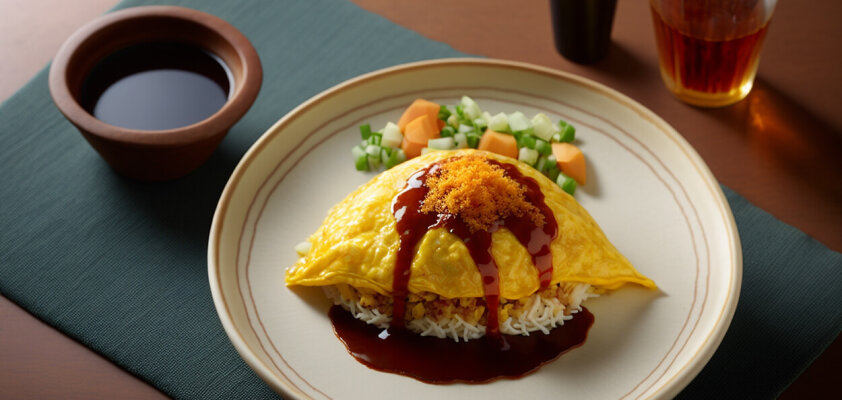
We prefer to eat scrambled eggs for breakfast, and when it comes to fried rice, we usually think of it as a lunch dish. But both together? Omurice shows that it's possible, and how! A dish that has accompanied generations of Japanese people and enjoyed many cameo appearances in movies and series definitely deserves more attention.

Japanese cuisine from the West
We already know that rice is popular in Japan and goes well with (almost) everything. Eggs are much less common in Japanese recipes, usually appearing in their raw form as a topping for ramen or donburi, or as an ingredient for bento. Omelette with rice is therefore something we wouldn't think of right away. However, it is a favorite dish of many Japanese people.
Omurice or Omuraisu オムライス is nothing more than an abbreviation for Rice and Omelette. In Japanese, the abbreviated "Omuretsu" stands for "Omelette" – hence the "omu." Similar word creations are also known in other dishes, such as "Korokke" for "Croquette" or "Naporitan" for "Spaghetti Napoletana." Western-influenced recipes like Omurice have long had a permanent place on tables and menus in Japan. Omurice is one of those dishes for which Japanese chefs have adapted an element of European or North American cuisine and created a typically Japanese creation. In Japan, Omurice has already shaped generations and is an integral part of the national food culture.
Omelette with rice may sound unusual or monotonous at first, but delicious variations can be created from it. Especially children love this colorful dish of savory-sweet rice and fluffy scrambled eggs. It is rightly considered comfort food: easy to prepare, nourishing, and delicious. What homemade chicken soup or mashed potatoes are for us, Omurice is in Japan: a reminder of carefree childhood days.
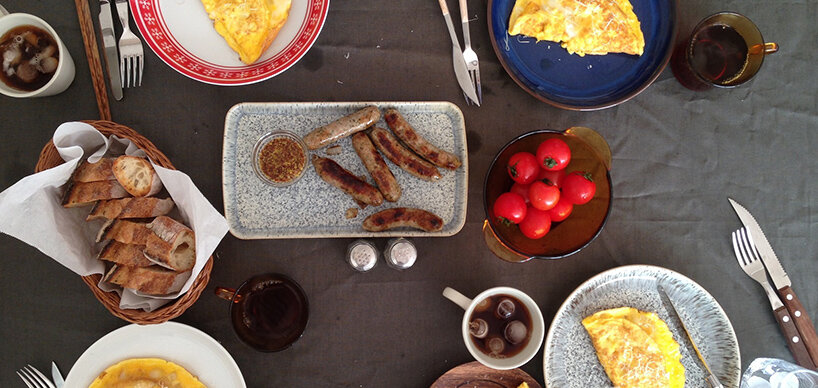
A dream in ketchup and egg
Although Omurice originally hails from Japan, it can now be found in other East Asian countries as well. While this dish may seem like a modern creation of fusion cuisine, it has a history of over 100 years. The exact origin is speculative, with several restaurants, especially in Tokyo and Osaka, claiming to be the first to serve Omurice in Japan.
In its original form, the Japanese comfort food consists of rice sautéed in a pan with chicken and ketchup, enveloped with a fried egg, and garnished with tomato sauce. While ketchup may not seem like an obvious choice, about a century ago, sweet tomato sauce was considered exotic in Japan and particularly desirable for children. The rice, thanks to the poultry component, is called "chikin raisu" – Chicken rice. In Malaysia, a similar dish has been concocted, known as Nasi Goreng Pattaya, which is essentially chicken fried rice wrapped in a thin, golden-brown fried egg, often served with ketchup. The striking resemblance is coincidental: the Malaysian version found its way to Southeast Asia, while Omuraisu from Japan is particularly popular in South Korea and China.
Various types of meat and vegetables, broth, and sauce can also find their place in Omurice. While traditionally ketchup is used in and on the omelettes, it can also be another sauce such as Okonomiyaki sauce or Demiglace. The key is not to let the egg and sauce overpower, allowing the delicate flavors in the rice to unfold even better.
The search for the original Omurice
What hasn't been around for as long are chain restaurants where you can order dozens of Omurice variations to your heart's content. One such place is Pomu No Ki: there, visitors can expect a generous selection of rice varieties, toppings, and sauces. It doesn't always have to be chicken and ketchup: you can determine the size of your portion, choose the rice from four different options, and select from over 20 toppings – from avocado and asparagus to beef fillet and seafood. A second visit is almost a must to try out different Omurice recipes. However, this is by no means the only place offering this dish – you can find Omurice on the menu in numerous restaurants, snack bars, and diners in Japan. Among them, many specialize in this dish.
Regional specialties have also established themselves in Japan: for example, on the island of Okinawa, Omutako is a popular choice. This variant includes beef with taco seasoning, salsa, tomato, cheese, and salad. For those who think they know everything, they should also try Omusoba: here, instead of rice, there are fried buckwheat noodles in the omelette. Less common is bread topped with omelette, known as Omupan in Japan.
Omurice is an example of a dish that has made its way from delicacy to fast food. However, you can also find Omurice in more expensive establishments in Japan. There, chefs showcase their art in preparing delicate omelets, homemade sauces, and delicately fried rice creations. For those who want to enjoy the omelette rice in a very traditional manner, a visit to the Hokkyokusei restaurant in Osaka is recommended, boasting to be one of the cradles of this dish.
The Rengatei in Ginza, Tokyo's prestigious district, also competes for the title of the first Omurice in the country. Here, all ingredients are mixed and sautéed together, instead of wrapping the rice in the omelette. This results in more of a fried rice with plenty of egg. Today, however, scrambled eggs are often thinly and lightly golden fried and served on top of the rice, or the rice is filled into the omelette, which is then folded.
A recipe for the silver screen - and for happiness
Skilled chefs showcase another variant by allowing the egg, which remains runny inside, to flow over the rice. In this version, the egg is first placed on the oval-shaped rice already positioned on the plate. The chef then cuts the omelette lengthwise with a knife, ensuring that it envelops the rice. The scrambled egg thus reveals its still semi-liquid interior. Delicious and a real eye-catcher – numerous making-of videos attest to this. This technique is also impressively observed in the film Tampopo. The Japanese comedy, released in 1985, made Omurice internationally famous. A restaurant in Tokyo named Taimeiken specializes in the version featured in the film classic. Here, the guest even has the honor of cutting the omelette themselves and eagerly watching as it flows around the rice. Afterward, they only need to garnish the Omurice with the sauce of their choice and enjoy.
Aside from numerous anime series, Omurice also had another appearance in the Japanese TV series Midnight Diner: Tokyo Stories. The chef of the eponymous eatery prepares this dish with onions, ham, and mushrooms in the episode titled "Omuraisu" for a absent-minded academic. For him, his late-night meal becomes the motif for a fateful encounter – for us, it can serve as inspiration for a journey into Japanese cuisine. Love transcends through the stomach in every culture.
At the end, only one question remains – how do you eat Omurice in Japan? Perhaps with chopsticks? No worries: in most restaurants, a spoon is usually provided to the guest. A clear sign, one might think, as if something cannot be eaten with chopsticks, it can hardly be considered typically Japanese. Exceptions prove the rule: many dishes with Western influence, called Yoshoku in Japan, are comfortably enjoyed with a knife and fork or, indeed, a spoon.
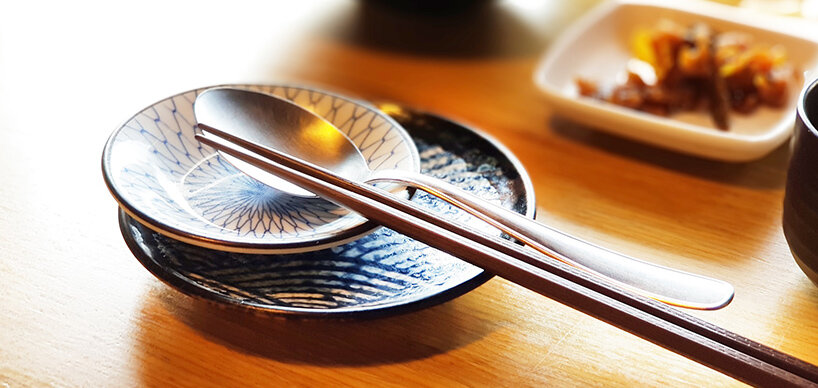
Unusually simple recipes for omurice
Omelette rice is a grateful dish. Its simple and quick preparation allows anyone, regardless of experience, to create a delicious meal for any occasion. Aside from rice and omelette, there are no strict guidelines – it's entirely up to each person how their personal Omurice should look. Additionally, this naturally results in individual portions that are also very nutritious. With our recipe suggestions, we invite you to try cooking a piece of authentic Japanese cuisine at home.
The classic recipe - omurice for 4 portions:
 4 personsNo. of persons
4 personsNo. of persons
 ca. 45 minutesTotal Time
ca. 45 minutesTotal Time
 easyLevel of difficulty
easyLevel of difficulty
 main mealDish
main mealDish
 ca. 600kcal per portionCalories
ca. 600kcal per portionCalories
 Meat
Meat
 Eggs
Eggs
 Kitchenware
Kitchenware
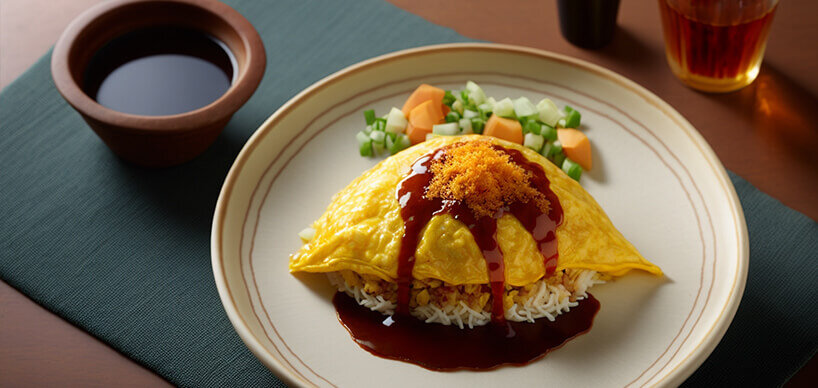
|
600g
ready cooked Japanese rice (uncooked 300g - see here for the best way to prepare Japanese rice)
|
|
2 tbsp
olive oil
|
|
400g
chicken thigh or breast
|
|
1
large onion
|
|
100g
champignons
|
|
6 tbsp
strained tomatoes, tomato sauce or ketchup
|
|
8
egg
|
|
4 tbsp
milk
|
|
1 tsp
salt
|
|
4 tbsp
butter
|

The artful recipe - for one portion
This Omurice recipe differs only in the preparation of the omelette: a soft version for slicing, perfect for those who want to cook like in the movies. This variation requires some practice but is sure to impress any guest. Prepare the rice as in the first recipe.
 1 personNo. of persons
1 personNo. of persons
 ca. 15 minutesTotal Time
ca. 15 minutesTotal Time
 easyLevel of difficulty
easyLevel of difficulty
 main mealDish
main mealDish
 ca. 400kcal per portionCalories
ca. 400kcal per portionCalories
 Vegetarian
Vegetarian
 Eggs
Eggs
 Kitchenware
Kitchenware
|
3
eggs
|
|
1 tbsp
milk
|
|
1
pinch of salt
|
|
1 tbsp
butter
|

The sweet and sour recipe - for 4 portions
 4 personsNo. of persons
4 personsNo. of persons
 ca. 45 minutesTotal Time
ca. 45 minutesTotal Time
 easyLevel of difficulty
easyLevel of difficulty
 main mealDish
main mealDish
 ca. 500kcal per portionCalories
ca. 500kcal per portionCalories
 Meat
Meat
 Kitchenware
Kitchenware
|
600g
cooked rice
|
|
2 tbsp
Oil
|
|
4
Spring onions
|
|
2
Carrots
|
|
400g
Pork
|
|
6 tbsp
Okonomiyaki sauce
|

You can either buy the sauce ready-made or prepare it yourself. Simply mix the following in a bowl:
|
2 tbsp
tomato sauce
|
|
1 1/2 tbsp
Worcestershire sauce
|
|
1 tbsp
soy sauce
|
|
1/2 tsp
sesame oil
|
|
1 tbsp
sugar or honey
|
The quick recipe - for a portion in between meals
For those who want it even simpler, you can even prepare your Omurice in the microwave. Please note that all ingredients – rice, vegetables, and meat – need to be pre-cooked or thawed. To do this, mix the cooked rice with all desired ingredients, place it in a bowl or cup, and heat for one to two minutes. Then, add an egg mixed with a tablespoon of cream or mayonnaise on top, and microwave for the same duration. Finally, pour the sauce over it, and the "Instant-Omurice" is ready!

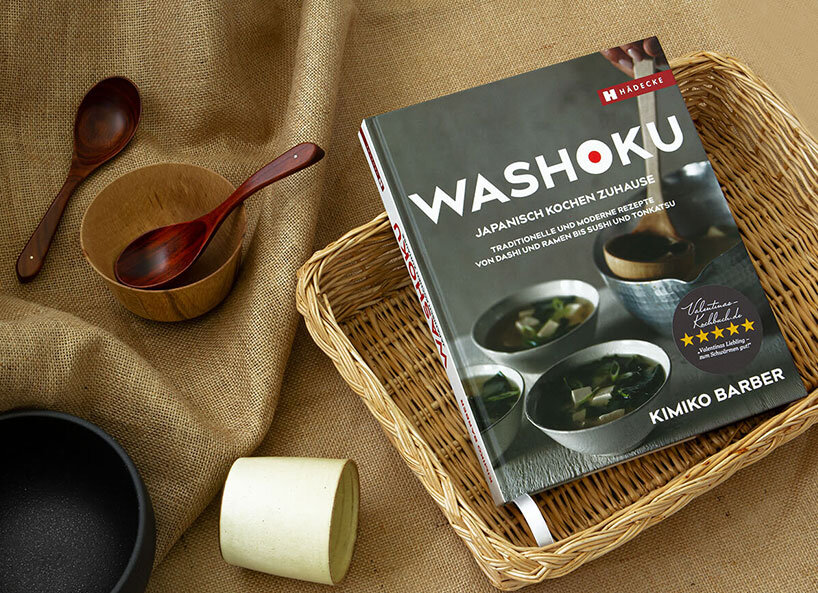
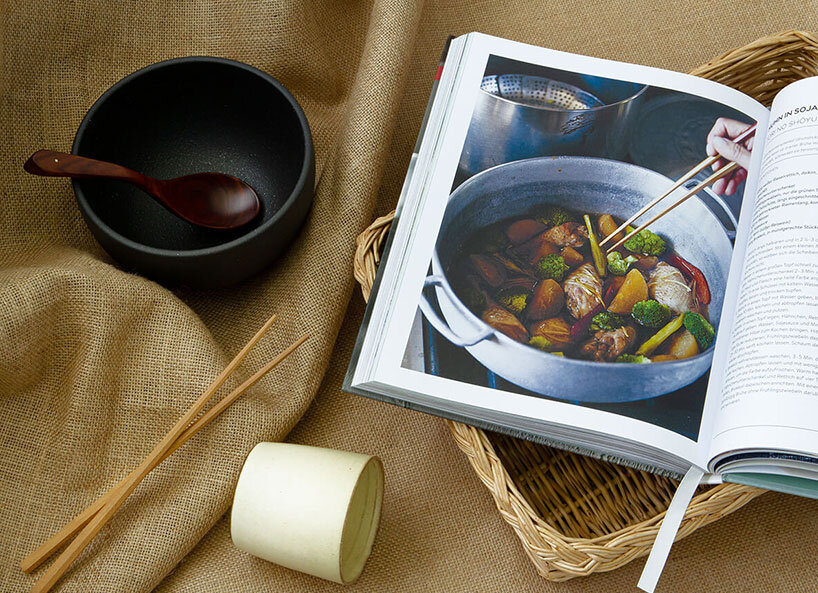
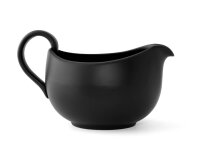
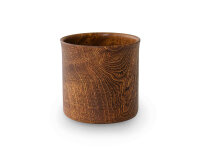
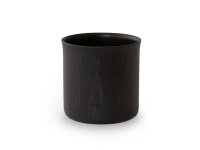
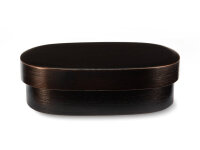
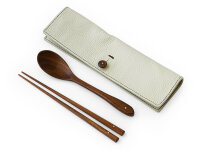

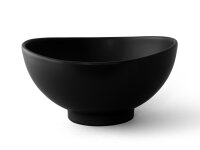
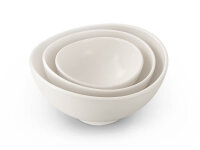
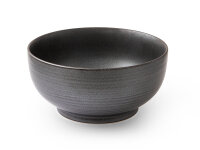
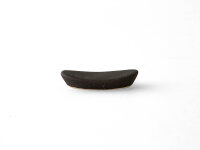
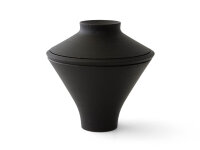
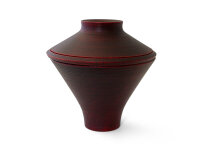
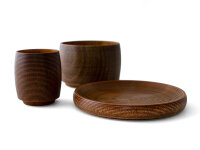












-from-the-yakiyaki-grill-pan.jpg)




